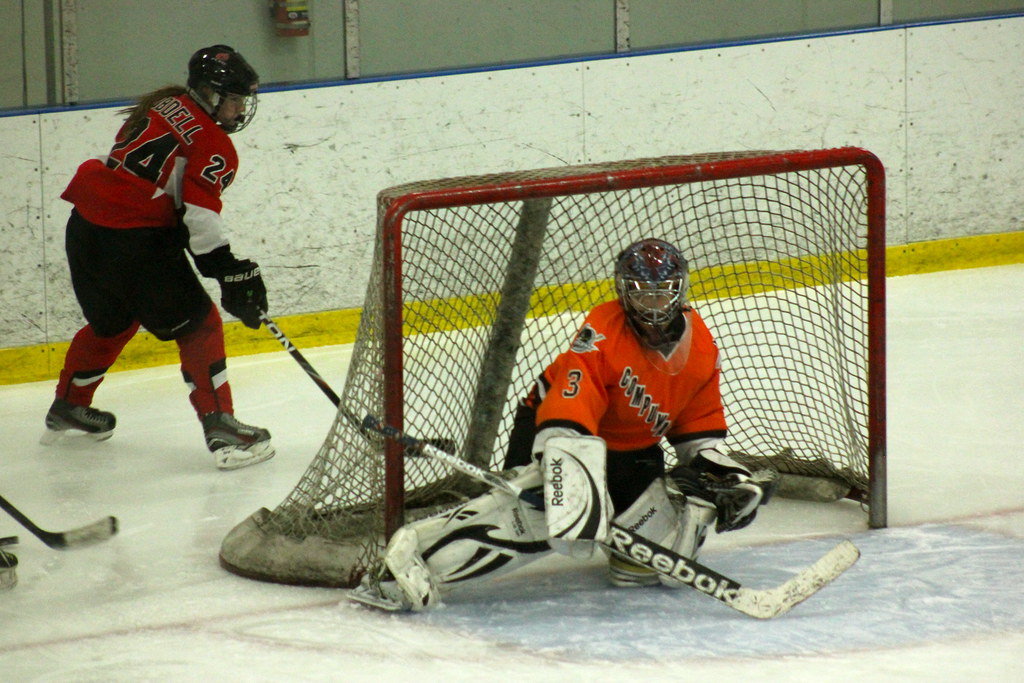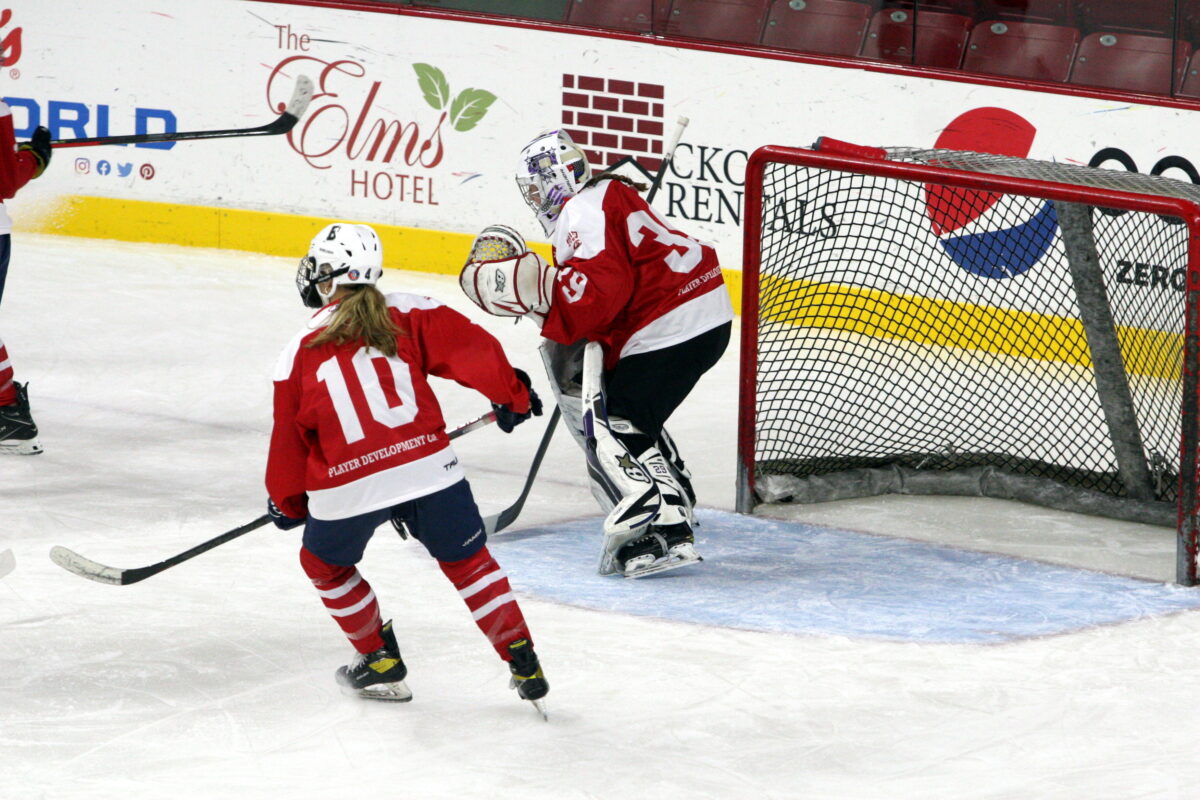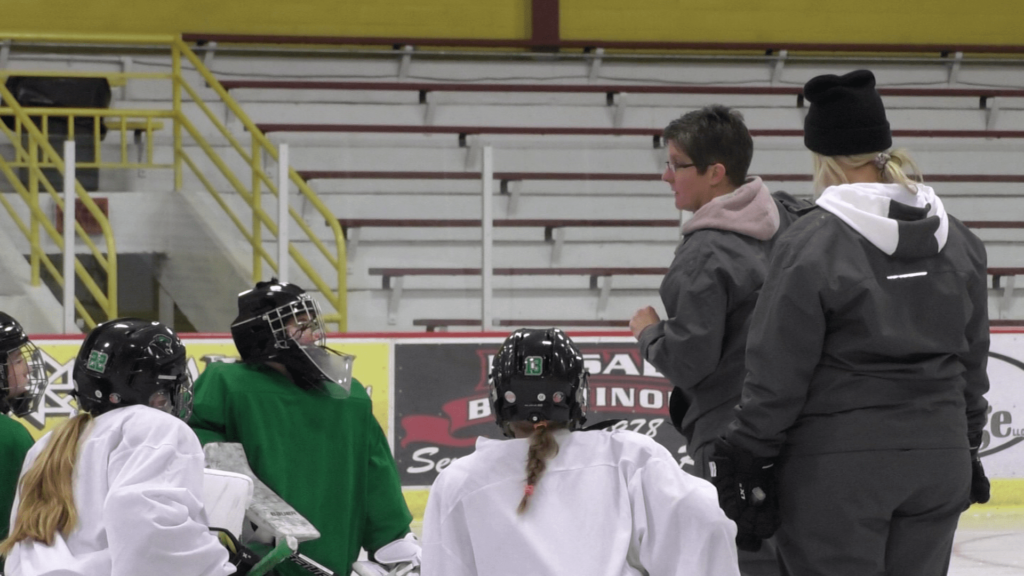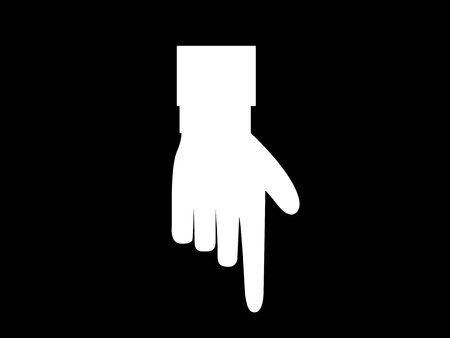During November and December, I spent a lot of time reviewing the current rosters of all the NCAA DI women’s hockey teams for goalies, forwards and defense. In addition, I re-booted the Champs App process for tracking commits to those schools. While analyzing all of this data, I had several different observations about the recruiting process that I thought were worth sharing.

1. What are the Pros and Cons to Large Roster Sizes?
One of the key insights was the big standard deviation in roster sizes. There are 9 teams with 28 or more players listed. Based on my conversations with multiple coaches, this likely is due to the 5th year Covid eligibility for many players. And there are 6 teams with 23 or less players on their roster. Keep in mind that teams can only dress 20 or 21 (incl. 3 goalies) players for a game. This raises certain points…
- From a coach’s perspective this gives them more players to choose from and thus the ability to field the best team available for any given game
- My hypothesis, for which an analysis is coming soon, is that age & experience is highly correlated to success (in addition to talent, of course). By being able to play the most experienced and talented players from a large roster likely shows up in the standings.
- This also means coaches having to conduct multiple tough conversations each week to explain why a player will be healthy scratched
- With only a maximum of 16 scholarships available to schools, many student-athletes are paying their own way to be on the team (and probably not getting much ice time, since schools tend to give the biggest scholarships to the best players). This is where the academics of a school become more important than your place on the roster.
- Given the above, I wasn’t too surprised to see several highly-touted first-year recruits at top programs that have been scratched for multiple games so far this season

2. Several 2022-23 Top 15 Teams are no Longer Top 15 Teams
- Northeastern had been in the Top 15 since 2015, but did not break into the Top 15 ranking until this week. This is almost entirely due to them having lost their top players who contributed over 50% of their goal production from last season. Note: Northeastern still has 29 players on their roster
- There are a couple of other schools who also have dropped out of the rankings this season. As an incoming recruit, you might need to adjust your expectations if you committed to a team that you expect to be competing for the Frozen Four every year, but now that school may not even make the NCAA playoffs.
3. Small Roster Analysis
- It seemed odd that Penn State only has 21 players on their roster this season. So I took a deeper look. Last year they had 23 student-athletes. 5 seniors graduated and 2 highly-talented juniors transferred (one to Ohio State and the other to Minnesota Duluth). There are 2 first-year players and 3 seniors/grad students who transferred into PSU (from Colgate, New Hampshire and Long Island). I can’t confirm, but I also think one player deferred to start in 2024 vs 2023. I suspect the Penn State coaching staff didn’t expect two of their top players to transfer out of the school and that is why the roster is so small. This example shows the fluidity of which coaching staffs must manage their rosters going into the last year of 5th year Covid players and the transfer portal. It also shows that there could be late openings at the odd school come springtime.

- Ohio State only has 6 D (but 24 rostered players). Similar to Penn State, I took a deeper look into the OSU roster when I saw only 6 defenders listed. If there is an injury or two to Ohio State blue line this season they will be in trouble. They would likely have to move someone back from forward to play defense. Last season there were 9 blueliners. 3 players graduated (including Patty Kazmaier winner Sophie Jacques), and 2 underclass players transferred to other schools (Colgate and Maine). Coming in, two grad students transferred to the Buckeyes – Olympian Cayla Barnes (Boston College) and Stephanie Markowski (Clarkson) , both grad students. There are no freshman defenders in the 2023-24 class. Once again I suspect the OSU coaching staff did not expect to lose 2 players to the transfer portal. What is interesting is that Sydney Morrow who did not get much ice time in the Frozen Four for the Buckeyes last season, is well over a point-per-game player at Colgate this season. Based on our commit analysis, OSU is back to being focused on recruiting the top incoming players, with 13 commits in total for 2024 and 2025.

4. NEWHA Schools are the Last to Fill up Rosters
The New England Women’s Hockey Association (NEWHA) conference includes St Anselm, Long Island, Assumption, Stonehill, Post, Sacred Heart and St Michaels. It is pretty clear that the timeline for most of these schools to complete their rosters is later than most other conferences. I know of at least two schools that were still trying to fill their 2024 rosters before the end of December 2023. Only a few spots from NEWHA schools have been announced for 2025, while most of the top schools from other conferences are already filled.

5. Only U18 Players Need Apply
It was interesting to discover, but not a complete surprise, that multiple ranked schools only have commits that were U18 Girls National Camp players (Canada, USA or international) or better. I will go into more detail on the data and the implications on recruiting in an upcoming post.










































